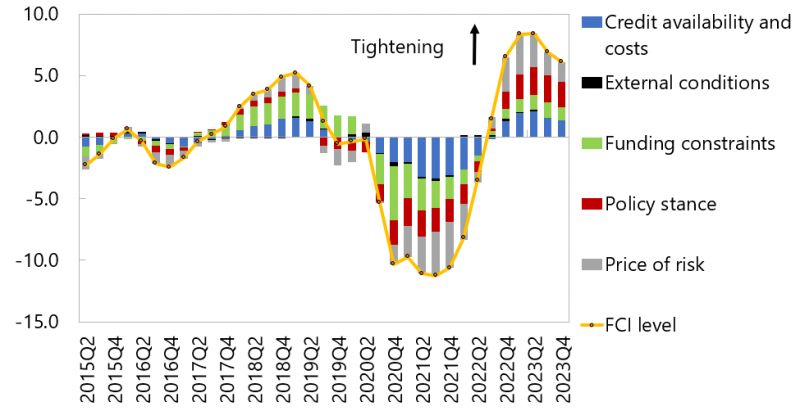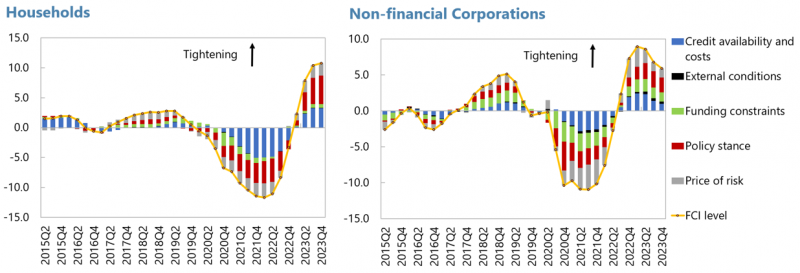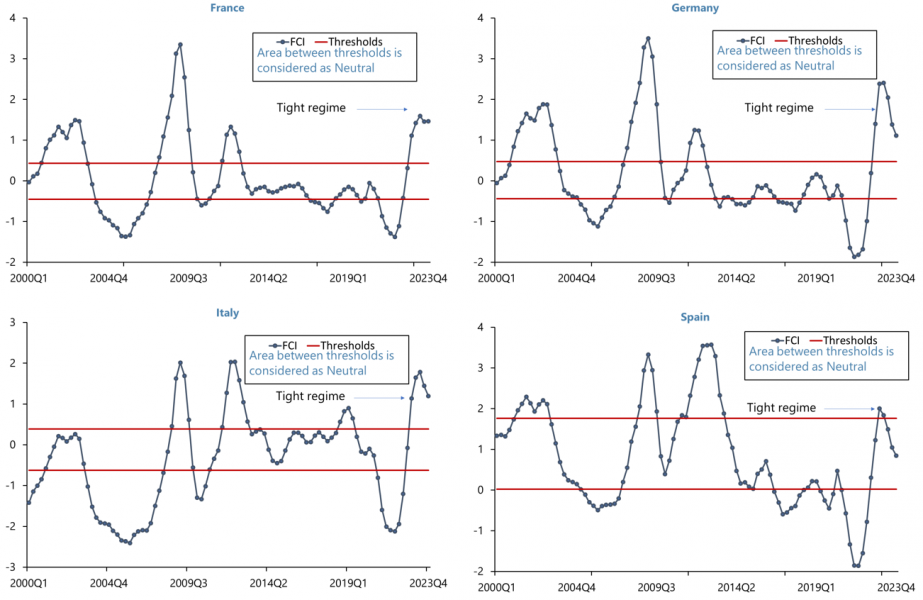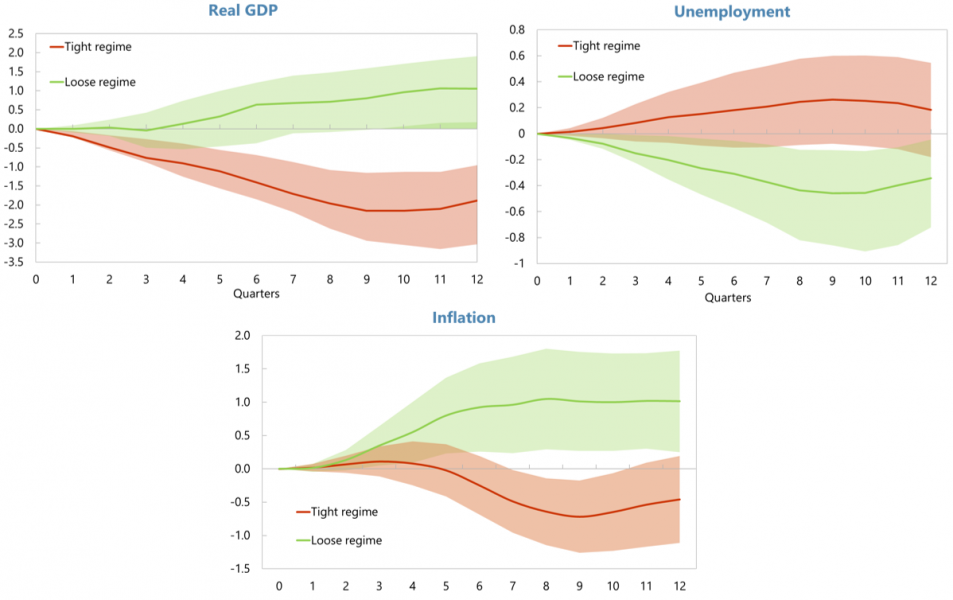Vincenzo Guzzo is the Mission Chief for Estonia in the IMF European Department. Previously, he served as the IMF Resident Representative in Cyprus, led technical assistance missions to Iceland and Antigua & Barbuda, worked on several other country assignments including Türkiye, Italy, the United Arab Emirates, and directed projects on public debt management, debt capital markets, and sovereign risk. Prior to joining the IMF, he was an Executive Director at Morgan Stanley in London and held positions also at Merrill Lynch and Lehman Brothers. His policy and research interests cover systemic risk analysis, capital controls, resolution of systemic banks, public debt management, financial fragmentation risk, and central bank independence. Vincenzo holds a Ph.D. in Economics from New York University.














